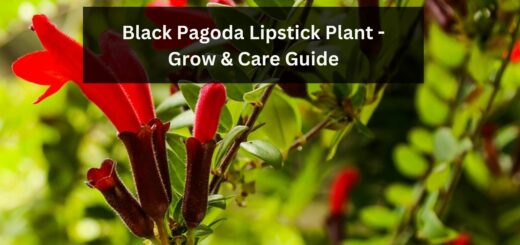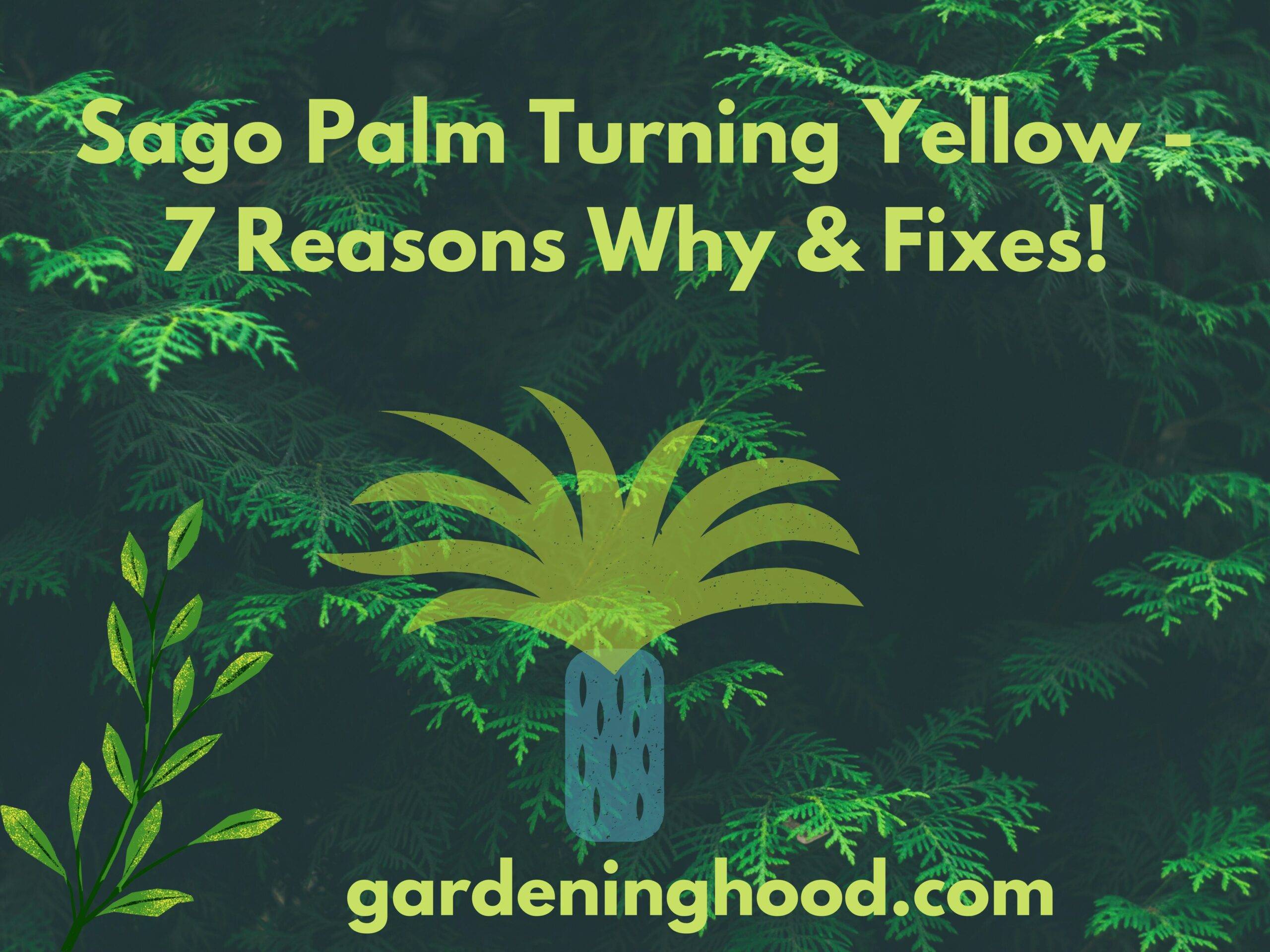What is Leucadendron? – How to Grow and Care for Leucadendron Plant?
I planted leucadendrons a few weeks ago, and they were growing perfectly. However, as time passed, they started to turn yellow from the bottom. To find out, I stopped watering the plant to see if it had root rot, but, guess what? It started to rain, and I failed to find the reason.
Nevertheless, I wasn’t ready to give up. I dug deeply into the leucadendron plant and found many interesting things that the plant requires to grow perfectly.
In this article, I have explained all the research and implementation I did to save my plant and give it a new life. So, all you need to do is read this article to learn how to grow them and how to take care of the plants so that they don’t struggle with pest problems in the future.
Quick takeaways:
- A member of the Protea family, Leucadendrons are evergreen trees and shrubs with cone-shaped flowers surrounded by leafy, sometimes variegated bracts.
- Leucadendron ‘Red Dwarf’ is a sport of ‘Safari Sunset’.
- Its leaves are smaller than ‘Safari Sunset’ and its bracts are a deep red color that lasts into fall.
- Leucadendrons are beautiful South African natives that add intense color and texture to warm-climate gardens in USDA zones 9 through 11.
- This large genus includes shrubs or small trees of all sizes, with many ideas for growing in containers.
- Leucadendrons are a colorful plant native to South Africa but can grow anywhere in the world.
- They are known for their low-maintenance propensity and vibrant color, making them a great choice for hot weather and arid gardens.
What is Leucadendron?
Protea shrubs are related to Leucadendron plants. The tree’s Greek title, while more popularly known as a cone bush, is a misnomer. “Leukos” means “white,” and “dendron” means “tree,” but although white Leucadendrons are available, the plants are most known for their colorful colors.
They’re perfect for warm plants that are extremely dry. Leucadendrons are evergreen shrubs and tall trees native to South Africa, and they are similar to Banksias, Grevilleas, and Leucospermums.
| GENUS NAME | Leucadendron |
| COMMON NAME | Leucadendron |
| PLANT TYPE | Shrub |
| LIGHT | Sun |
| HEIGHT | 3 to 30 feet |
| WIDTH | 5 to 10 feet |
| FLOWER COLOR | Pink, Purple, Red, White, Yellow |
| SEASON FEATURES | Spring Bloom, Winter Bloom |
| SPECIAL FEATURES | Cut Flowers |
| ZONES | 10, 11, 9 |
| PROPAGATION | Seed, Stem Cuttings |
| PROBLEM SOLVERS | Drought Tolerant, Good For Privacy |

How to Grow a Leucadendron Plant?
So, do you want to grow the leucadendron plant like I explained the process of growing lemon bush? If yes, then you are at the right place as we will let you know about them in detail with the help of the following steps:
Step 1- First, you have to Spread your Leucadendrons in a sunny, well-draining place.
Step 2- Although the plants do not require additional fertilizer, they do appreciate somewhat acidic soil.
Step 3- Then, They can be substantially trimmed back.
Step 4- Now, You can clip back off the woody stuff to just above a node after blooming.
Step 5- This should foster the development of new, longer and thicker vegetation.
Step 6- If you reside outside of their temperature zone, you may be able to grow Leucadendron in a container that can be kept indoors during the winter.
This is how you are easily done with the growing of leucadendron plants in your garden.
How to Care for a Leucadendron Plant?
So, let’s know how to take care of these plants. As long as your developing conditions are ideal, leucadendron maintenance is simple. However, having Leucadendrons in the garden is fairly minimal care as long as the weather is warm enough. Below are the caring tips:
1. Size and growth
Leucadendron ‘Safari Sunset’ is a small shrub or tree that can grow either creeping or upright. Most species of this plant are evergreen shrubs that grow to about 3 feet tall, sometimes as high as 9 to 10 feet. Some varieties also grow into medium-sized trees up to 52 feet.
2. Light and temperature
Leucadendron plants grow best in full sun. They also like humid conditions and need good air circulation. It’s best to plant them in an open area without overcrowding with other plants.
3. Watering and feeding
Silver trees are drought-tolerant and only require watering during dry periods. Water the plants vigorously once a week just like lemon trees.
Avoid getting the leaves wet, and make sure the leaves don’t touch other plants. Plants need enough space to grow properly and avoid disease.
4. Soil and Transplanting
For best growth, place this plant in a well-drained area. It grows well in any type of soil as long as it is well-drained. You can provide it with less acidic soil.
5. Maintenance
What about its maintenance? Are you wondering how well you maintain its growth? The answer is simple, the plant is easy to grow. You just have to weed them regularly.

Types of Leucadendron
The following are some types of Leucadendron such as:
‘Red Gem’ Leucadendron:
They come under bushy shrubs having red-tipped green leaves which later change to bronze during late fall. The flowers are used to bloom with striking red and yellow flowers that you can use for decorating stems in winter and spring. They are able to grow up to 5 to 6 feet tall. They are best grown in the hardiness zone from 9 to 10.

‘Safari Sunset’ Leucadendron:
They are used to growing large that upright cone bush having fine textured foliage. The flowers are used to bloom in yellow and red colors that grow up to 10 feet tall and 8 feet wide, especially in the hardiness zone from 9 to 11.

‘Red Dwarf’ Leucadendron:
They come under smaller versions of the plant that also come in large plants having smaller leaves. They are used to blooming and have a deeper red color. The plant is used to grow upto the height of 8 feet and best in the hardiness zone from 9 to 11.

‘Summer Sun’ Leucadendron:
These are the plants that used to have rounded growth habits. The plants are covered with spectacular blooms having attractive and long-lasting flowers. They are used to grow upto the height of 5 feet which is best grown in hardiness zones 9 to 11.

Leucadendron Plant Pests or Diseases:
- Providing plants with a sufficient amount of space for airflow will help in avoiding them dealing with pests and diseases.
- The plants may have problems like root rot which is very tough to control.
- You need to make sure the plant grows well in a draining mixture and has good air circulation.
- During the pruning process make sure the tools used are cleaned which will prevent infected material from spreading from the soil to the plant.
Leucadendron Plant Uses:
The following are some uses of the Leucadendron Plant:
- They do look beautiful when grown in the garden with other plants such as Leucospermum, Banksia, and Grevillea (silk oak).
- They are used to make eccentric bracts using flowers.
- The plants that are larger varieties look more attractive.
- You can use them in different floral arrangements.
- You can pair them with other plants such as ornamental grasses, pines, dwarf conifers, and succulents
Wrapping up the context
In this article, you come to know about the leucadendron plant. Protea shrubs are related to Leucadendron plants. The tree’s Greek title, while more popularly known as a cone bush, is a misnomer. “Leukos” means “white,” and “dendron” means “tree,” but although white Leucadendrons are available, the plants are most known for their colorful colors. I hope the article will be useful for you all.
FAQ’s
Does fertilizing help leucadendron to grow?
They are also called coneflowers who need well-drained, slightly acidic soil, and need no fertilizer.
Does moving leucadendron possible?
for moving leucadendrons you need to make sure to carry the plant using a bag but don’t use them to move using the stem of the plant.


